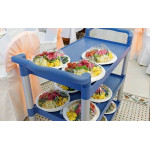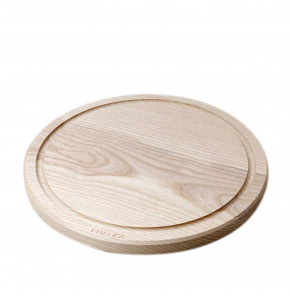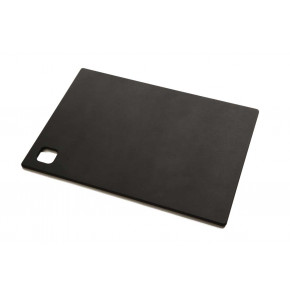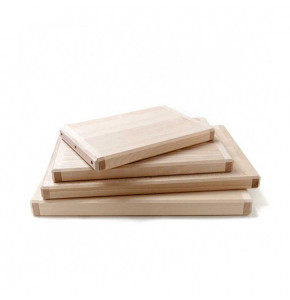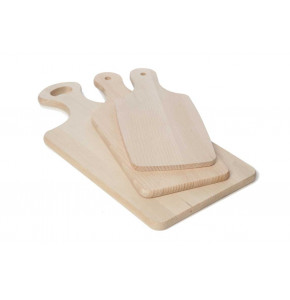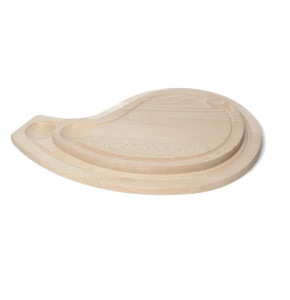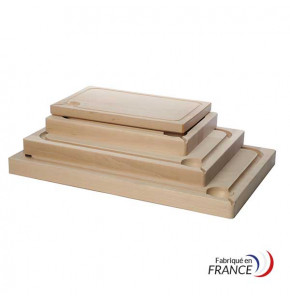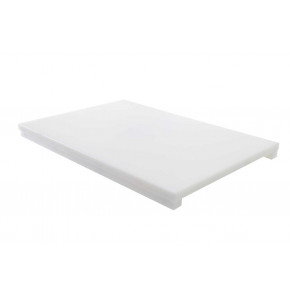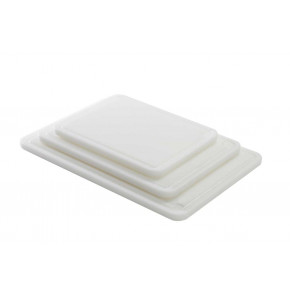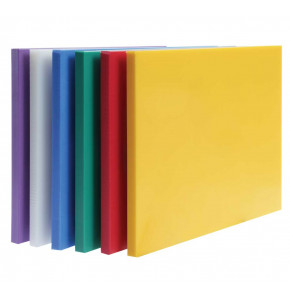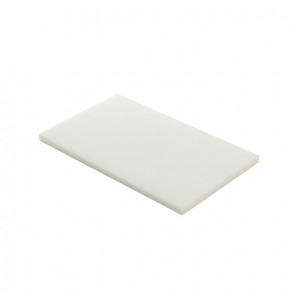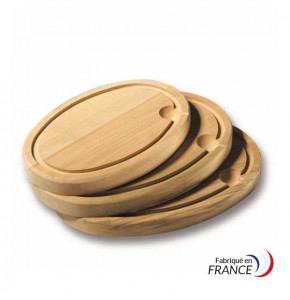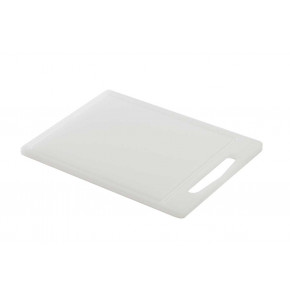How to clean and maintain a cutting board
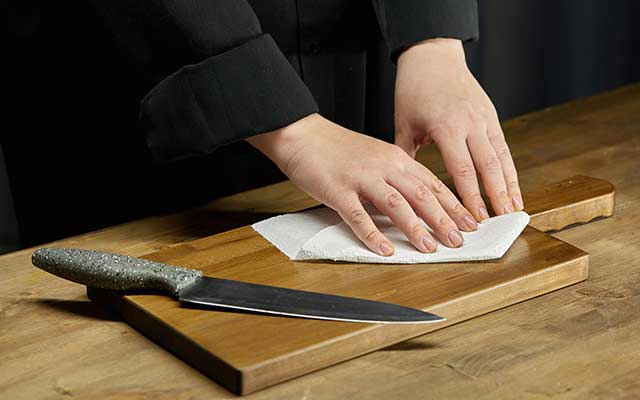
Present in professional and private kitchens alike, the chopping board has become the most widely used tool in the preparation of food and dishes.
Whether you are a chef or a home cook, it is necessary to maintain your tools and utensils in order to increase their life span, but also to prevent the proliferation of bacteria that can harm your health and that of your guests.
In this article, we will discuss the different ways to clean and maintain different types of cutting boards.
How to clean a wooden cutting board
The wooden cutting board is a model that is easily found in the shops. It has a naturally porous surface that can harbour bacteria.
When used for cutting food, grooves appear in the wood which provide an ideal habitat for bacteria to grow. It is extremely important to clean it to prevent cross-contamination.
Several methods are used to clean wooden cutting boards; soap and water, vinegar and water, or bleach and water.
When cleaning a wooden cutting board, it is important to remember that wood is an absorbent material. The absorption of liquids causes deformation and/or splintering over time, which can lead to the growth of bacteria.
Therefore, it is not recommended to immerse a wooden cutting board in water or to put it in the dishwasher.
Cleaning the wooden cutting board with soap and water
- Wash the board with soap and water using your hands to avoid damaging it.
- Rinse the board immediately with water.
- Dry it with a clean paper towel or cloth.
Cleaning the wooden cutting board with vinegar and water
- Pour vinegar on your wooden cutting board.
- Once the vinegar has been poured, use a clean, damp cloth.
- Let your wooden cutting board dry after cleaning
Cleaning the wooden cutting board with bleach
- Add one tablespoon of bleach to one litre of water.
- Apply the mixture onto your wooden cutting board and rinse it thoroughly with hot water.
Care of the wooden cutting board
The maintenance of a wooden cutting board depends on several factors such as its use (daily, occasional...) or its storage space (dry, wet...). In all cases, the rule remains the same. The wood must be nourished in order to increase its durability.
- Apply food grade mineral oil or beeswax to the outside of your dry board.
- Let the oil sit for a few hours.
- Wipe off any excess oil or beeswax with a dry cloth.
Never feed the wood of your cutting board with vegetable oil or olive oil, as these can turn rancid over time.
How to clean a wood fibre cutting board
This model of cutting board is pressed from antibacterial wood fibres under a huge pressure of 2,800 t. The result is a pore-free cutting surface to which no odours, germs or bacteria adhere.
Ideal for the hygienic preparation of raw poultry, meat and fish. The material is very stable and will not deform.
Cleaning the wooden cutting board with soap and water
- Wash the board with soap and water using your hands to avoid damaging the board.
- Rinse the board immediately with water.
- Dry the board with a clean paper towel or cloth after cleaning.
Care of the wood fibre cutting board
Cut marks that appear after long use can be removed by sanding the cutting board with sandpaper and then oiling it.
How to clean a soft cutting board
When you are finished using your soft cutting board, simply rinse it with warm water and place it in your dishwasher.
Flexible cutting boards have a foldable design that allows you to easily shape them into a funnel to transfer chopped and sliced ingredients into your bowl or pan. Soft boards are often made of a plastic resin that helps resist the growth of bacteria.
Care of the soft chopping board
Most soft cutting boards are thin and not all options are suitable for use with sharp blades. If any of your cuts get through, you will need to replace your board.
How to clean a plastic cutting board
Very impact resistant, it has the advantage of a non-porous and non-absorbent surface. It does not retain bacteria as much as cutting boards with porous surfaces.
Cleaning the plastic cutting board with soap and water
- Wash the board using soap and water.
- Rinse it.
- Use a clean paper towel or tea towel to dry it.
Cleaning the plastic cutting board with bleach
- Combine one tablespoon of bleach with one litre of water.
- Wipe the cutting board with the mixture using a cloth. Then rinse your plastic cutting board thoroughly with hot water.
Cleaning the plastic cutting board with vinegar and bicarbonate
- Create a paste by mixing equal amounts of baking soda and vinegar.
- Apply the paste to your board and let it sit.
- After 5 minutes, wash the cutting board with soap and water and rinse.
Caring for the plastic cutting board
When you start to see scratches on your plastic cutting board, use a steel scouring pad to remove any loose plastic particles from the surface of the board, then use a belt sander to smooth the surface.
Each type of cutting board has unique cleaning and maintenance needs. Therefore, it is important to know how to treat your cutting board to avoid dangerous levels of bacteria and prevent damage.
 Francais
Francais 
 Cart
Cart Quote
Quote